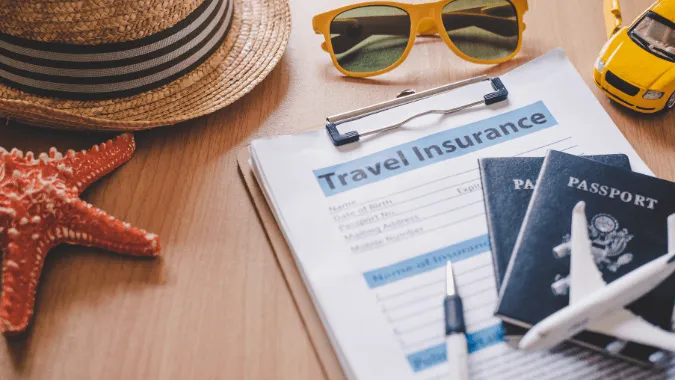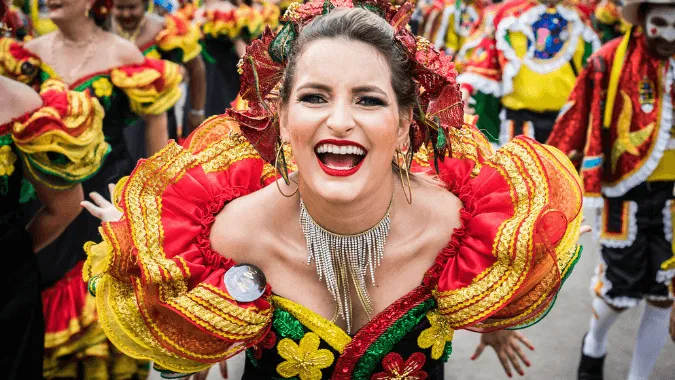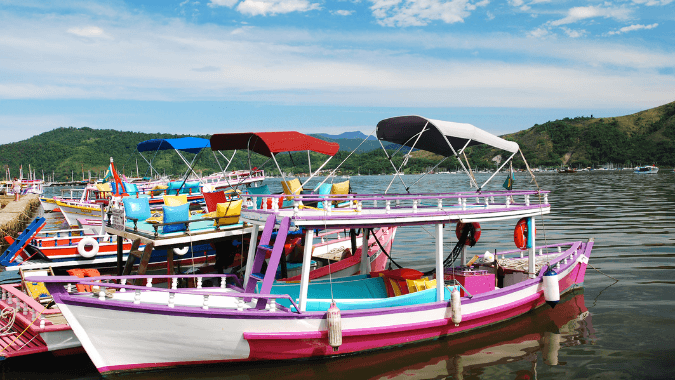Discover the Cultural Heritage of Barranquilla Carnival
One of the most important ingredients of Barranquilla Carnival is the artistic and cultural groups that participate in the parades. They are responsible for safeguarding the tangible and intangible heritage of the celebrations whilst simultaneously creating new traditions that enrich the carnival experience.
To help you identify and understand the different forms of creative expression on display, we present a rundown of the main components that give life to this amazing manifestation of the human spirit.
Comparsas of Barranquilla Carnival
[caption id="attachment_911" align="aligncenter" width="702"]![By Carnaval.com Studios | Flickr [CC BY 2.0 (http://creativecommons.org/licenses/by/2.0)] Fuente](https://travel-guide.daytours4u.com/wp-content/uploads/sites/3/2016/01/garavatos-carnaval-barranquilla-1024x585.jpg) Leaders of the Tradition performing their dance during Barranquilla Carnival / Source [/caption]
Leaders of the Tradition performing their dance during Barranquilla Carnival / Source [/caption] Comparsas. A comparsa is a band of people who join together to perform music and dance routines in the parades. Older troupes who still compete are known as ‘Líderes de la Tradición’ (Leaders of the Tradition), with some of them dating back to the nineteenth century, namely Congo Grande de Barranquilla (1875), El Torito Ribereño (1878) and Congo Grande de Galapa (1886). In addition to these leaders, every year more and more comparsas emerge, and today over 150 folk groups grace the runway on Via 40. There are two types of comparsa: the Traditional Comparsas and the Comparsas of Fantasy. Each star on separate days; the former takes centre stage in the Great Traditional Parade while the latter lights up proceedings during the Great Fantasy Parade.
Costumes of Barranquilla Carnival
[caption id="attachment_9093" align="aligncenter" width="610"] El Congo represents the ancient warriors of Africa / Source[/caption]
El Congo represents the ancient warriors of Africa / Source[/caption] Costumes. The costumes worn by the street performers are fanciful and elegant in equal measure. Some represent the indigenous heritage of the region while others are recent creations from popular imagination. The oldest costumes emanate from mythical imagery or indigenous African and European history, such as el Torito (the little bull), la Marimonda, los Congos, los Diablos Arlequines (the Harlequin Devils), el Hombre Caimán (the Cayman Man), las Aves Coyongos (the Coyongos Birds), los Indios Farotos (the Farotos Indians), and los Negros del Cangurú (the Black Kangaroos) among many others. The rest were born from an original idea developed in the mass media, some of the best examples of which include María Moñitos, Barriga de Trapo (Barriga Rag), Macho Man, and los Gorilas (the Gorillas).
Dances of Barranquilla Carnival
[caption id="attachment_9094" align="aligncenter" width="610"] Cumbia music fuses both Spanish and African influences / Source[/caption]
Cumbia music fuses both Spanish and African influences / Source[/caption] Dances. The choreographed dances are organised around the different characters of Barranquilla Carnival. Every dance has a particular rhythm, wardrobe, and music that characterises it. The movements of the dances depicting animals, objects, legends, myths, and historical events are some of the most powerful and beautiful components of Colombia’s cultural heritage. The dances are usually divided into two groups: traditional dances and dances of relationship. The first dances take the body and clothing as the central element, through which they imitate and represent various beings and objects. The latter dances have a more theatrical quality about them as they depict events of key importance. Some of the most typical dances are la danza de los Monocucos (Monocucos dance), la danza de los Congos (the dance of the Congos), la danza del Mapalé (dance of the Mapalé), la danza de las Farofas (dance of the Farofas), la danza del Garabato (dance of the Garabato), la danza del Son Negro (the dance of the Son Negro), la danza del Paloteo (the dance of the Paloteo), la Cumbiamba (the Cumbiamba) among many others.
Music at Barranquilla Carnival
[caption id="attachment_9096" align="aligncenter" width="610"] Local cultural groups play the sound of Colombia with traditional instruments / Source[/caption]
Local cultural groups play the sound of Colombia with traditional instruments / Source[/caption] Music. The amount of rhythms in the region of Lower Magdalena in the Caribbean is immeasurable. La tambora, la puya, el porro, el bullerengue sentao, el garabato, el vallenato, la guaracha, el merecumbé, and el mapalé are just some of them. The dominant tempo of Barranquilla Carnival, however, comes from cumbia – one of the most popular forms of music in Colombia that has spread across the South American continent. The rhythm dominates the Battle of Flowers and the Great Traditional Parade and it is also the sound of many of the songs that are considered hymns of the carnival.
m
As the official Carnival slogan says: "Quién lo vive, es quién lo goza" (Who lives it, is who enjoys it) – to go is a once in a lifetime experience. To learn more about this unique celebration take a look at our Essential Guide to Barranquilla Carnival, while our website Colombia4u offers the best tours and travel activities around the country.
[otw_shortcode_button href="http://www.colombia4u.com/es/tours-caribe/tours-barranquilla/barranquilla-carnival-parades-package.html#.VplTQ_krLIV" icon_type="general foundicon-cart" icon_position="left" shape="square" target="_blank" rel="nofollow"]Buy your Barranquilla Carnival tickets here[/otw_shortcode_button]
By David Luna Translated by Simon Hall
-
Exciting 4x4 route: São Luís and FortalezafromUS$1,014
-
Vila Gale Mares Resort All InclusivefromUS$100
-
Ecotourism in Chapada DiamantinafromUS$672
-
All inclusive Vila Gelé Cumbuco ResortfromUS$999
-
Full Day Cafayate Tour from SaltafromUS$68
-
Transfer Aeroparque - Buenos AiresfromUS$46
-
-
Transfer Ezeiza - AeroparquefromUS$91
-
-
Excursion to El Chaltén from El CalafatefromUS$153
-
-
-
-
-
-
-
-
-
-
-



